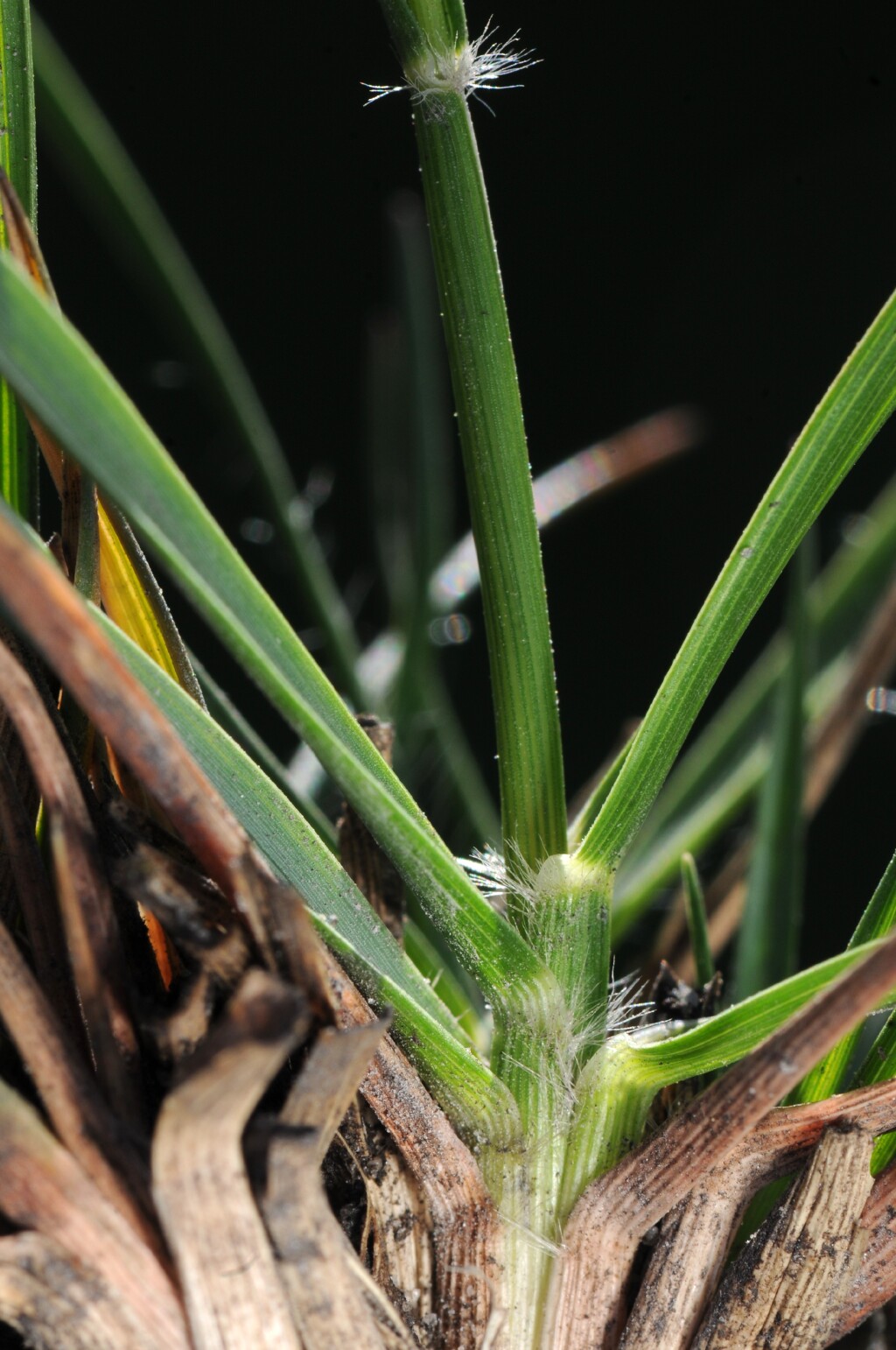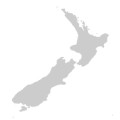Danthonia decumbens
(L.) DC. Heath-grassTufted or shortly rhizomatous perennial, culms erect, often geniculate near base, to 70 cm high. Leaves glabrous or with scattered spreading hairs; blade flat or folded, to 40 cm long and 3 mm wide; sheath pale or purplish; ligule ciliate, c. 0.5 mm long, with tufts of longer hairs at the sides; inflorescence a slender, compact, race-mose panicle 2–6 cm long, usually with 4–10 spikelets. Spikelets 4–6-flowered, plump, ovoid, 7–14 mm long, pale green or purplish; glumes acute, subequal, 6–12 mm long; lemmas ovate to broad-elliptic, 5–8 mm long, with a notch c 1 mm deep at the apex from which a short (0.3–1.2 mm) awn arises; lemma surface smooth and glabrous except for callus and a few marginal hairs; palea ovate, slightly shorter than lemma, ciliate along margin. Flowers Nov.–Dec.
VVP, GipP, OtP, WPro, HSF, HNF, OtR, Strz. Also naturalised Tas. Occurs chiefly on damp soils and usually with predominantly indigenous species of woodlands and grasslands. Not known from north of the Dividing Range.
Walsh, N.G. (1994). Poaceae. In: Walsh, N.G.; Entwisle, T.J., Flora of Victoria Vol. 2, Ferns and Allied Plants, Conifers and Monocotyledons, pp. 356–627. Inkata Press, Melbourne.
 Spinning
Spinning

